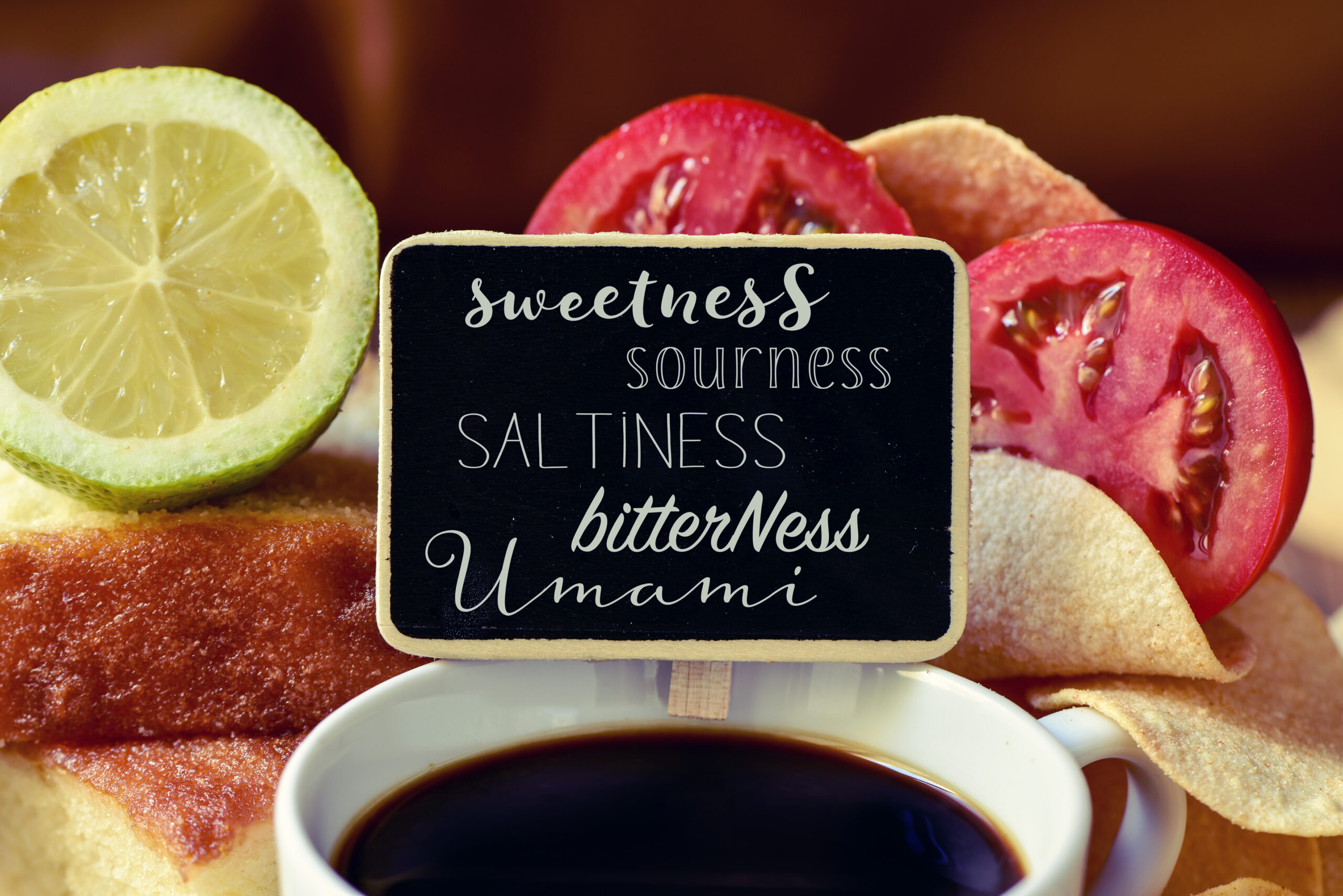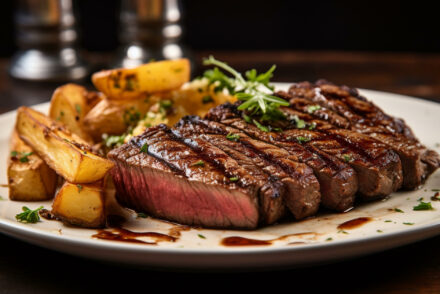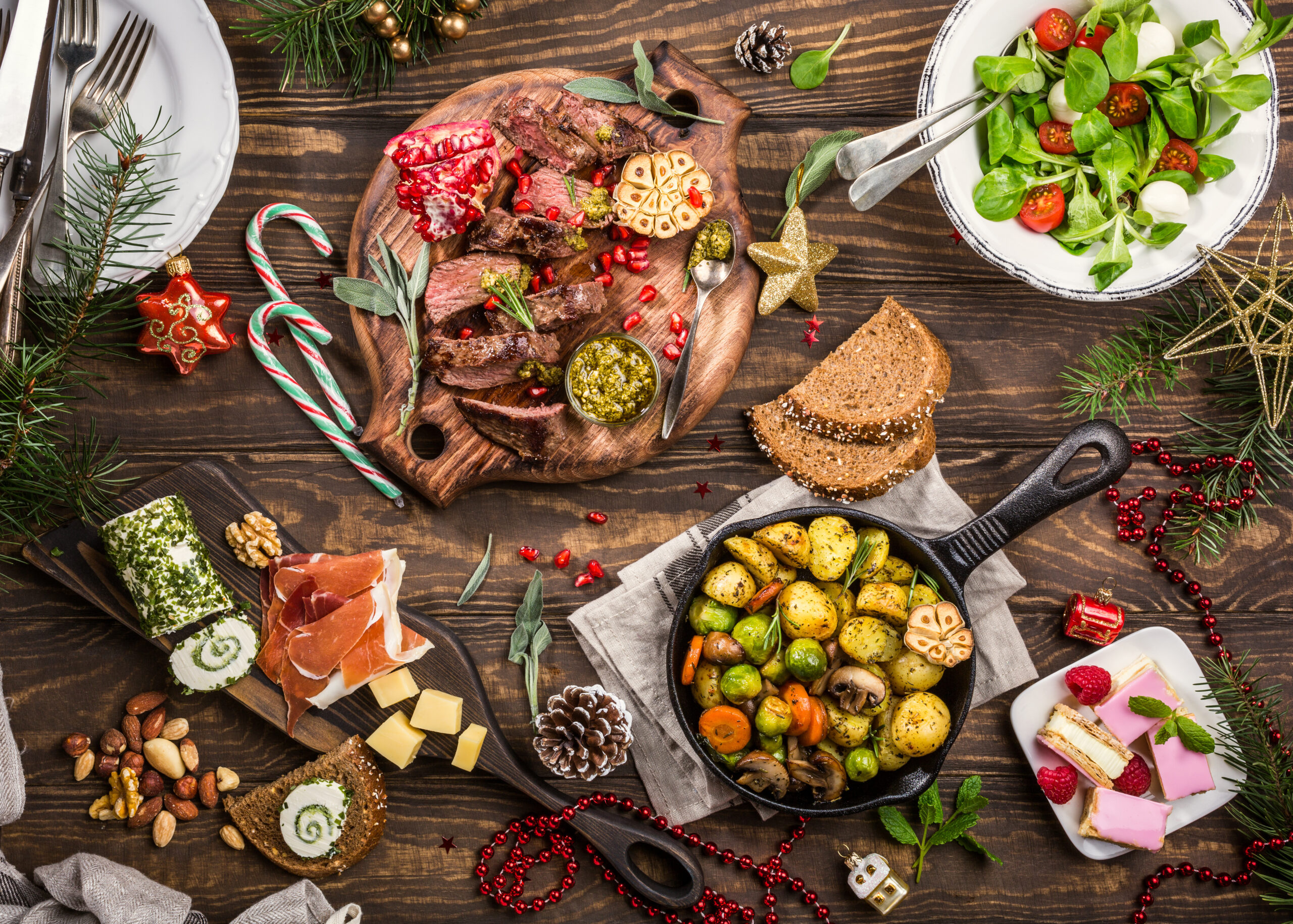ABC – Anything But Chardonnay – epitomised the 90s, but now it’s more of a point of satire than an actual request in any restaurant (unless it’s the odd Hyacinth Bucket appearing in the Islington branch of Karen’s Diner). It captured the cultural moment when fellow diners would look at wine lists, united only by their hatred for Chardonnay, and simply instruct the waiter or sommelier to fetch whatever they had that wasn’t that.
But perhaps this knee-jerk reaction was induced by more than just too many bottles of amoxicillin-tasting Jacobs Creek and Yellow Tail, who pioneered Aussie Chardonnay in the UK. The latter bottle, which had a visual warning on the label with the Kangaroo trying to jump away from it, had historically been opened to suspenseful excitement. By the time the wine reached your tastebuds, it was about as exciting as a trip to the dentist. And this was before you got hit by that liquified sandpaper punch, which seemed to live on forever. After a glass of this you probably needed a therapist rather than a dentist.
But things have changed, and the truth is that Chardonnay is still one of the most popular grapes. The industry is experiencing 5.2% annual growth. So without even mentioning Champagne (which is largely made from Chardonnay grapes), I hope you dare to dive in and give it the chance it deserves.
Burgundy and beyond
From the crisp and vibrant Chablis of northern Burgundy to the elegant offerings from the south, Chardonnay has a versatility that is often overlooked. It can be steely and mineral-driven, refreshing like a bracing sea breeze, or it can be rich, edgy and creamy, like a slice of New York cheesecake. It’s a chameleon grape, adapting to its surroundings and reflecting the artistry of its winemakers.
Yes, Montrachets and Meursaults are breathtaking, and probably the crown of white wine. And whilst generally unaffordable, this year is probably the most expensive one yet (at least for the 2021 vintage which we are now seeing on the shelves), largely owing to the unpredictable climate conditions of 2021. So, I urge you to look beyond this.
In the past, Mâconnais would leave me a bit baffled, like you are sitting in a pub at 10pm on a Tuesday and someone’s trying to explain the Northern Ireland Protocol to you. These wines used to lack some of the notes that one would expect from southern Burgundy and the acidity was not well defined, but the most recent vintages of 2021 have sent me on a rollercoaster ride of thrills and flavours. They are complex, harmoniously blended, big on stone fruit and limestone-rich soils, and they still have that je ne sais quoi so typical of Burgundian whites. Seek out the 2021 bottles from St-Véran and Poilly-Fuissé (Berry Bros. & Rudd).
Chardonnay has a versatility that is often overlooked
Always cheerful, often cheap, and occasionally exceptional are the offerings from Jura in Eastern France. A bit more tart than Burgundies, but just as crisp, they can take on nuttiness that would make even a squirrel blush with envy. And there’s often an additional layer of cumin, just to keep it interesting. Jura Chardonnay (though Savagnin, the local grape, can be added) has a lot of quirks to its production, and their winemakers have typically been known to multi-task between Chardonnay, Comté cheese and vin jaune production (also thought of as French sherry, though if I said this out loud I’m sure Jura’s farmers would start sharpening their pitchforks).
Readily available across the UK, some restaurants have long sections dedicated to these. Côtes du Jura Chardonnay Tremoulette 2017 and L’Étoile ‘En Banode’ Domaine de Montbourgeau 2018 are respectable examples (The Wine Society).
And lastly, Chablis will always have my heart. It can be difficult to always win here in the UK supermarkets and wine bars (though I would argue the risk-to-reward ratio is still good), but as a general rule, look for domains like William Fèvre, Laroche, Jean Collete and Gueguen — appellations of Grand Cru, Premier Cru and Petit Chablis are less important). On most occasions, even the perfectly consistent M&S Chablis 2019 and the Waitrose Esprit de Chablis 2019 (which seems to be on a semi-permanent offer) should hit the spot.
And when you find your favourite Chablis, it will transport you to the ancient, chalky galaxies on a silken, flinty carpet. You’ll be greeted by a pear-like and honeyed veil billowing out like the smoke from Aladdin’s lamp, before the blurred lines of chalky soil and saline air are intercepted by the luscious stone fruit.
It’s true: Chardonnay has the unparalleled ability to showcase the simulacra from its ecosystem, as its rich qualities orbit between what is typical of the Old World, and the growing possibilities of the New World.
Buttery goodness
To suppress Chardonnay’s innate proclivity for malolactic fermentation (ML) is an enological transgression of the highest order. And it is precisely this grape’s penchant for high acidity — particularly within the icy clasp of cool-climate areas like California’s resplendent Central Coast — that frequently demands the French kiss of lactic acid.
ML is orchestrated by malolactic bacteria, ready to disrupt Chardonnay’s innocent malic acid. Armed with their enzyme weapons, they convert that tart malic acid into a softer, creamier lactic acid. It’s like transforming a sassy lime into a smooth and sophisticated lemon custard.
And it goes beyond that, turning the texture of the wine from biting into a crunchy apple to a velvety, buttery treat.
And there’s nothing I love more than that almost Isingy butter-like mouthfeel, the almost perverse dairy-laden heft, that softens the astringency of the Yuzu lemon, somehow with little aftertaste and leaving you longing for more. However, with most things in wine, equilibrium reigns supreme, and winemakers have certainly been much better at finding that sweet spot than a few decades ago. They are not using ML to conceal bad grapes or worse methods of winemaking.
Some great textbook-ML bottles come from California and Oregon. In the former, Napa and Sonoma have always been consistent in bringing out the best of the grape with this method.
One of my favourite examples is the 2018 Au Bon Climat Chardonnay from Santa Barbara: toasted oak intercepts coconut aromas, amalgamated by high viscosity.
And since the UK is lagging with the hot weather this year, I suggest the 2019 Radio-Coteau “Savoy” Chardonnay. Organically grown in Anderson Valley, pie crust and brown butter aromas (which is basically butterscotch Angel Delight) are carefully tempering the freshness of red apples.
And should malolactic fermentation remain anathema to your palate after those, it may signify something far more sinister — you truly dislike Chardonnay.
In many ways, we tend to accept the notion of the Manichaean universe when it comes to wine, which means that it’s either good or bad, and thus the drinker thereof. The issue of dissidents who reduce Chardonnay’s propensity to deliver its wonderfully diverse corpus of qualities to little more than sweetened vinegar is that they are missing out. And they will vehemently stick to their celebrity-sponsored rosé.
After all, as Paracelsus teaches us, anyone who imagines that all fruits ripen at the same time as strawberries knows nothing about grapes.
Where to find some of London’s incredible Chardonnays
Cabotte, EC2V (Mâconnais, Saint-Véran, 2021 Domaine Aléxis Pollier, though their wine list is incredible, so you will not go wrong with most choices).
HIDE, W1J (2021 Bourgogne Blanc Chardonnay Jean Jacques Girard, France).
Coal Office, N1C (2019 Chardonnay, Clos de Gat, Judean Hills, Israel is truly exceptional).
St John Bread & Wine, E1 (Bourgogne Chardonnay 2020, Bruno Colin, Burgundy).
Waitrose Wine bar, King’s Cross and Canary Wharf (Meursault Vielles Vignes Domaine Monnier & Fils 2019, it’s worth the £7.50 corkage fee at their King’s Cross and Canary Wharf branches)
June 2023
Cover photo licensed by Adobe






